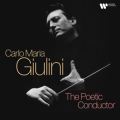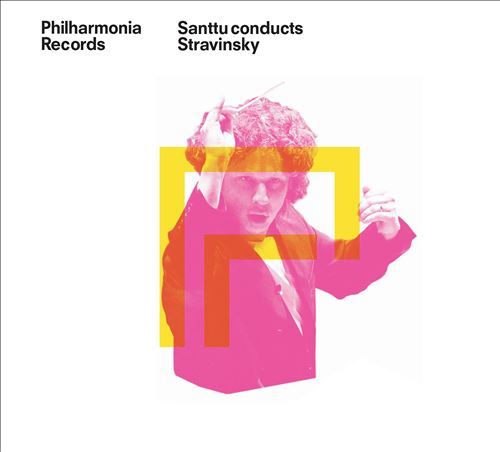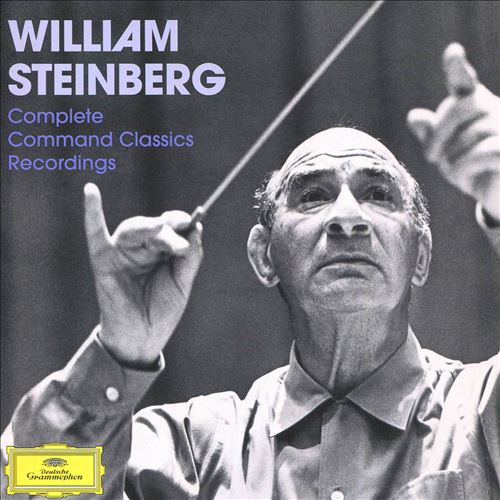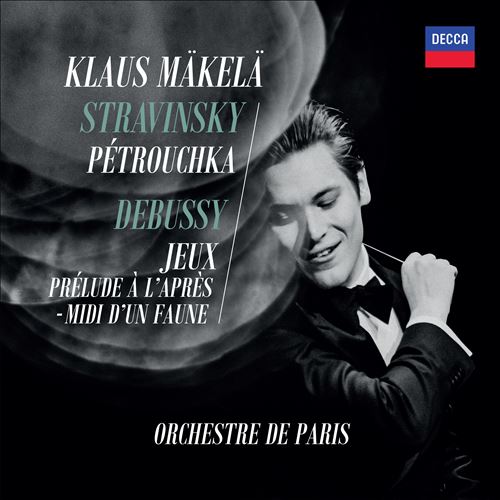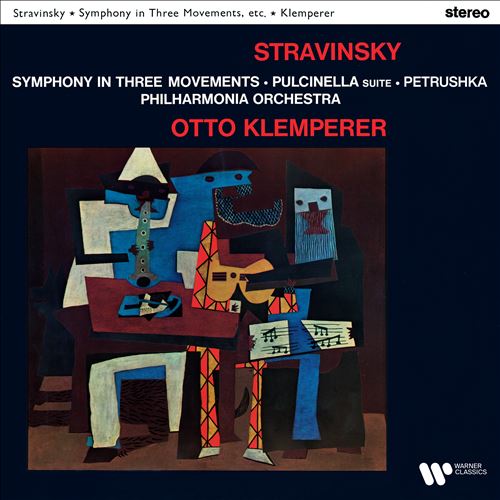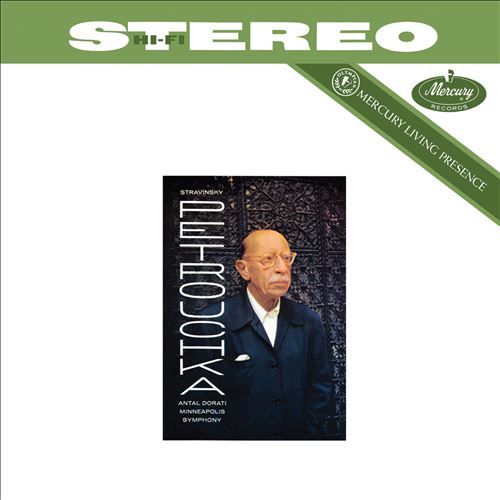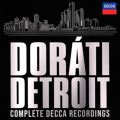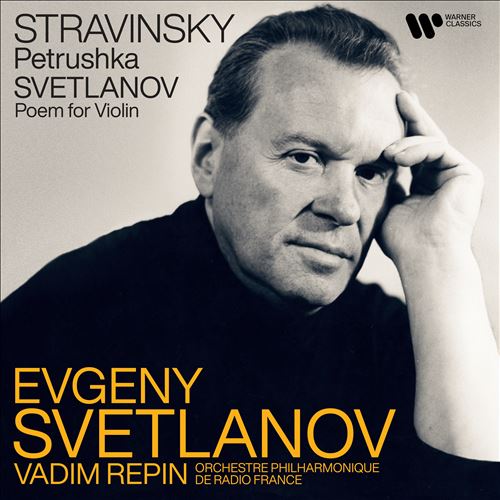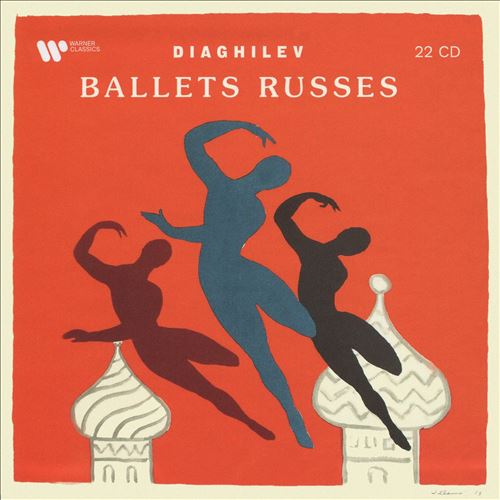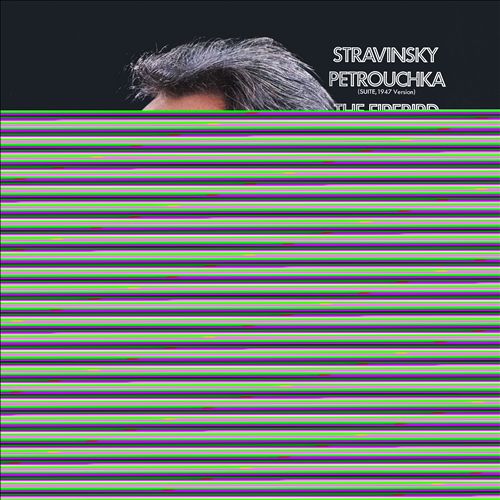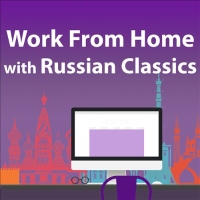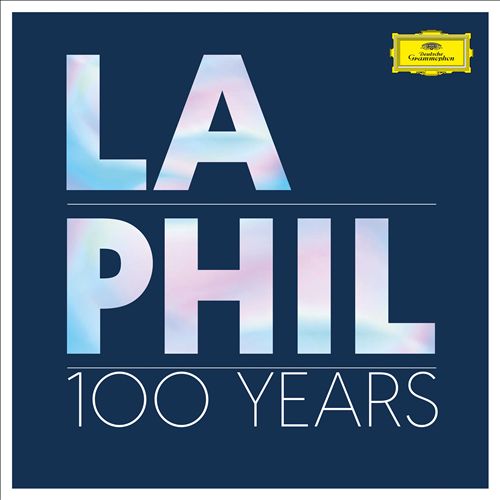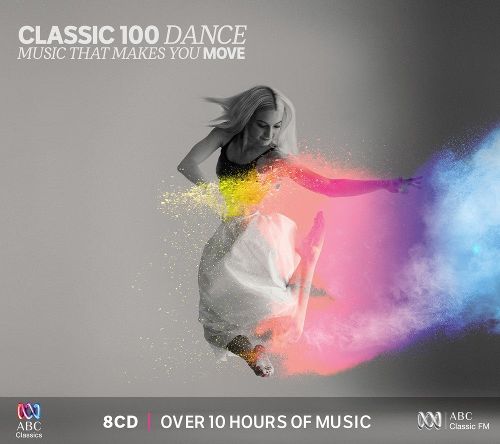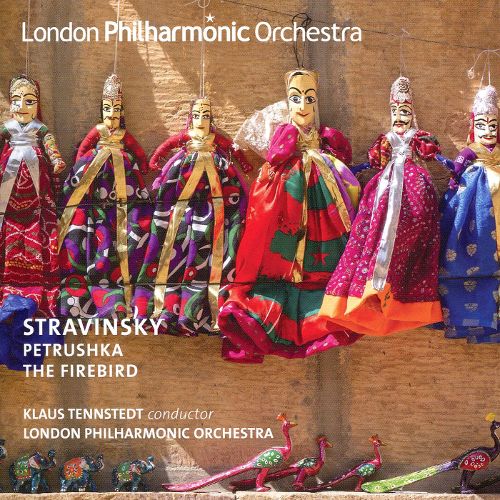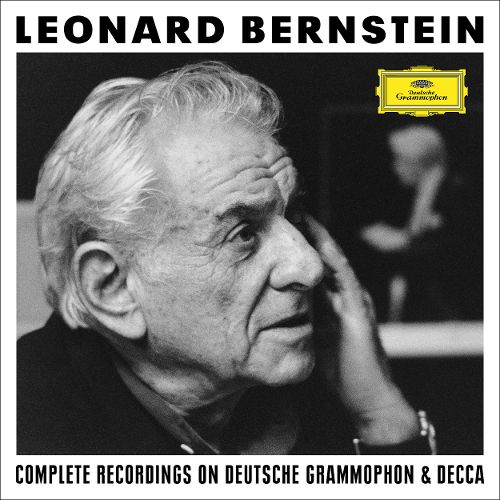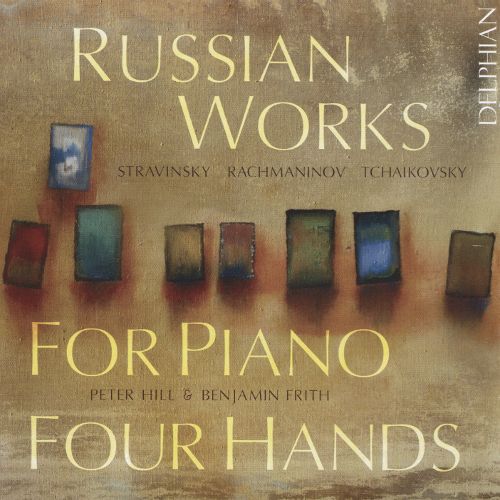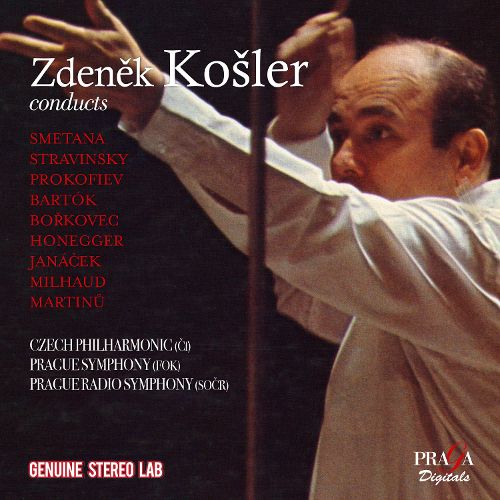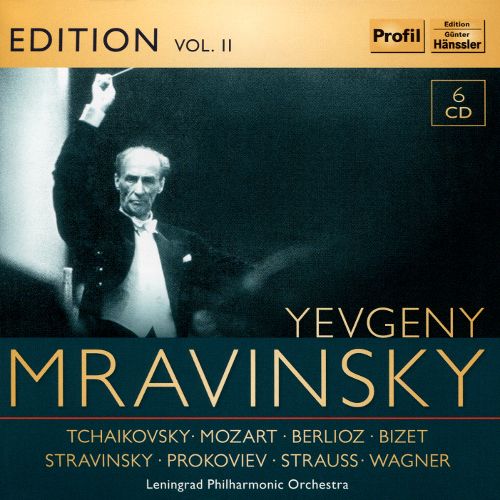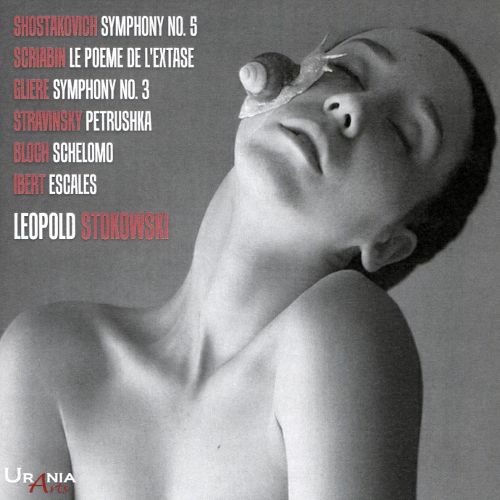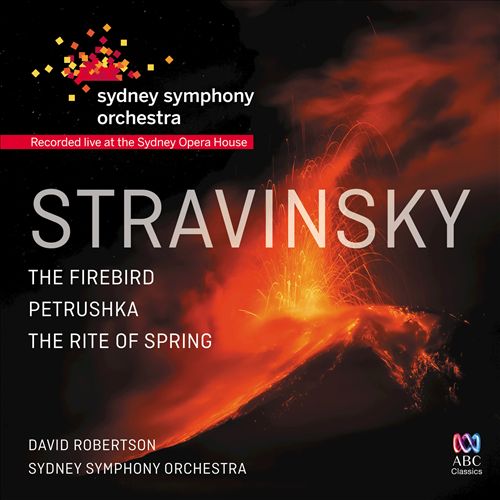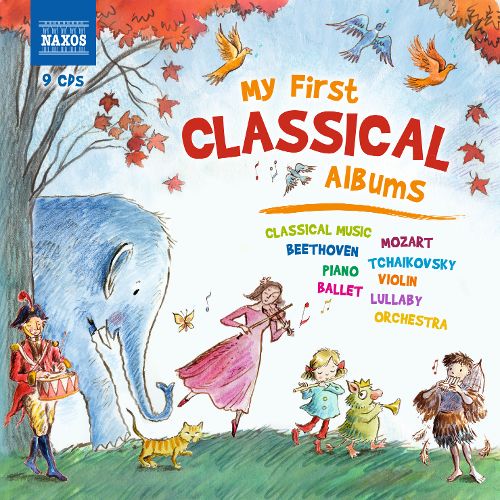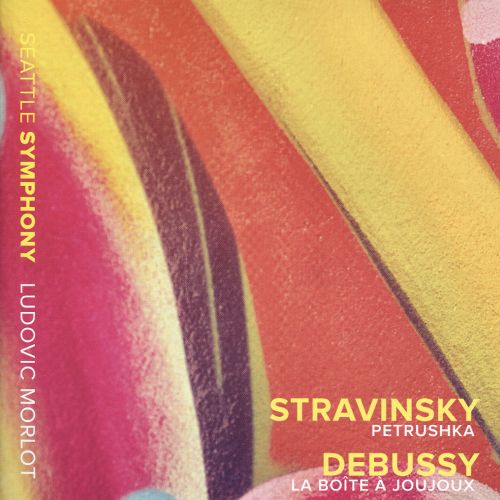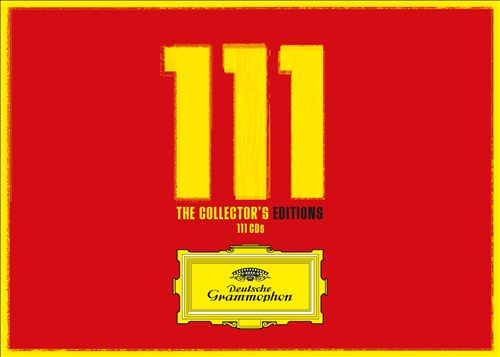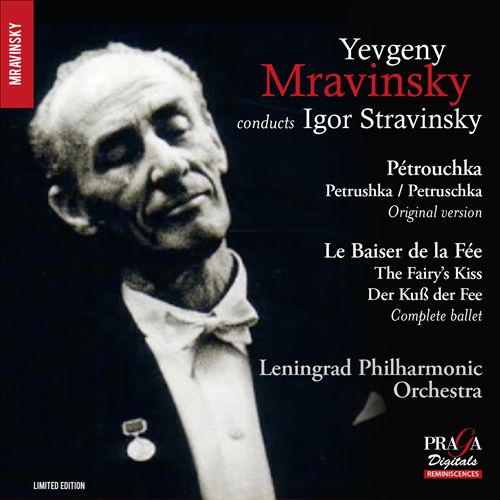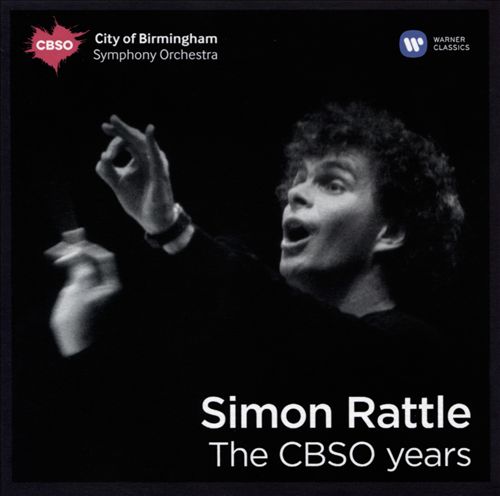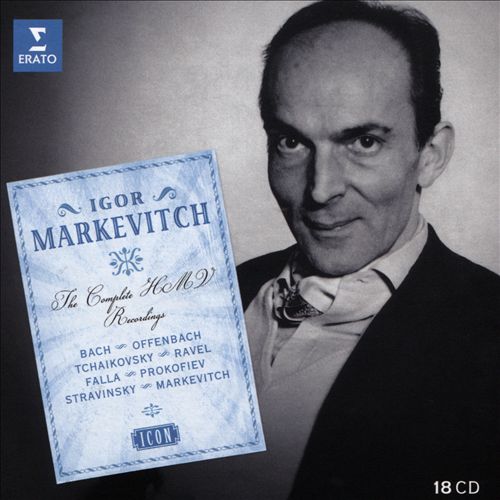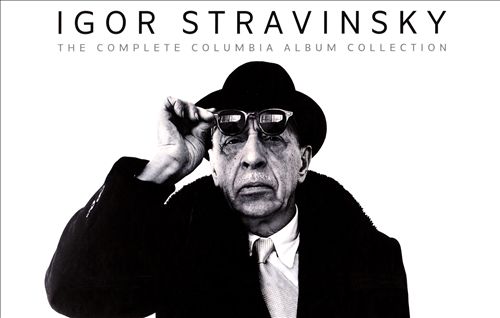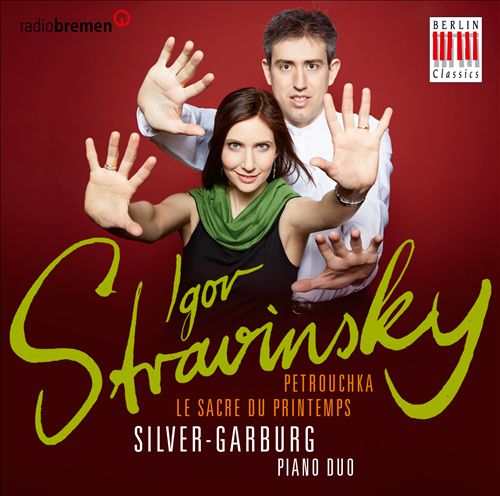Igor Stravinsky (이고르 스트라빈스키)
Petrushka (1947 version)
100
10,000
1,400
WORK INFO
작곡가: Igor Stravinsky (이고르 스트라빈스키)작곡년도: 1947평균연주: 34:06악장1Part 1 : No. 1a, The Shrove-tide Fair6:042Part 1 : No. 1b, The Crowds3:283Part 1 : No. 1c, The Charlatan's Booth2:334Part 1 : No. 1d, Russian Dance2:505Part 2 : No. 2, Petrushka's Room4:196Part 3 : No. 3a, The Moor's Room3:467Part 3 : No. 3b, Dance of the Ballerina1:268Part 3 : No. 3c, Waltz (Ballerina and Moor)2:509Part 4 : No. 4a, The Shrove-tide Fair (near evening)3:5810Part 4 : No. 4b, Dance of the Wet-Nurses2:5611Part 4 : No. 4c, Dance of the Peasant and the Bear1:2612Part 4 : No. 4d, Dance of the Gipsy Girls0:5913Part 4 : No. 4e, Dance of the Coachmen and Grooms1:5514Part 4 : No. 4f, The Masqueraders1:4615Part 4 : No. 4g, Conclusion (Petrushka's Death)1:27Petrushka () is a ballet burlesque in four scenes. It was composed in 1910–11 and revised in 1947. Igor Stravinsky composed the music, and, with Alexandre Benois, fashioned the libretto. Michel Fokine choreographed the ballet; Benois designed the sets and costumes. Petrushka was first performed by Sergei Diaghilev's Ballets Russes at the Théâtre du Châtelet in Paris on 13 June 1911. Vaslav Nijinsky portrayed Petrushka with Tamara Karsavina as the Ballerina. Alexandre Orlov portrayed the Moor, and Enrico Cecchetti the Charlatan. Petrushka tells the story of the loves and jealousies of three puppets. The three are brought to life by the Charlatan during 1830 Shrovetide Fair (Maslenitsa) in Saint Petersburg, Russia. Petrushka loves the Ballerina, but she rejects him. She prefers the Moor. Petrushka is angry and hurt, and challenges the Moor. The Moor kills him with his scimitar. Petrushka's ghost rises above the puppet theatre as night falls. He shakes his fist at the Charlatan, then collapses in a second death. Petrushka brings music, dance, and design together in a unified whole. It is one of the most popular of the Ballets Russes productions. It is usually performed today using the original designs and choreography. Grace Robert wrote in 1946, "Although more than thirty years have elapsed since Petrushka was first performed, its position as one of the greatest ballets remains unassailed. Its perfect fusion of music, choreography, and décor and its theme—the timeless tragedy of the human spirit—unite to make its appeal universal".
Petrushka is a puppet. He is a character known across Europe under different names: Punch in England, Polichinelle in France, Pulcinella in Italy, Kasperle in Germany, and Petrushka in Russia. Whatever his name, he is a trickster, a rebel, and a wife beater. He enforces moral justice with a slap stick, speaks in a high-pitched, squeaky voice, and argues with the devil. His plays were formulaic and subversive. They repeated key scenes from one play to another. The plays usually ended with a dog, a policeman, or the devil dragging him away.From WIKIPEDIA
RELEASED ALBUMS
-
Michael Tilson Thomas: The Complete Columbia, Sony and CBS RecordingsDecember 6, 2024
-
The Poetic ConductorDecember 6, 2024
-
Santtu conducts StravinskyMarch 22, 2024
-
William Steinberg: Complete Command Classics RecordingsMarch 15, 2024
-
Stravinsky: Pétrouchka; Debussy: Jeux; Prélude à l'après-midi d'un fauneMarch 8, 2024
-
Stravinsky: Symphony in Three Movements; Pulcinella Suite; PetrushkaSeptember 15, 2023
-
Stravinsky: PetrouchkaJune 23, 2023
-
Doráti in Detroit: Complete Decca RecordingsApril 28, 2023
-
Stravinsky: Petrushka; Svetlanov: Poem for ViolinJune 3, 2022
-
Diaghilev: Ballets RussesMarch 11, 2022
-
Bernstein Conducts Stravinsky [Sony]April 30, 2021
-
Stravinsky: Petrouchka; The FirebirdApril 2, 2021
-
Work from Home with Russian ClassicsApril 8, 2020
-
LA PHIL: 100 YearsMarch 22, 2019
-
Classic 100 Dance: Music that Makes You MoveJune 11, 2018
-
Stravinsky: Petrushka; The FirebirdApril 6, 2018
-
Leonard Bernstein: Complete Recordings on Deutsche Grammophon & DeccaMarch 9, 2018
-
Russian Works for Piano Four HandsSeptember 22, 2017
-
Tribute to Zdenek KoslerJuly 7, 2017
-
Yevgeny Mravinsky Edition, Vol. 2June 2, 2017
-
Shostakovich: Symphony No. 5; Scriabin: Le Poeme de l'Extase; Gliere: Symphony No. 3; Stravinsky: Petrushka; Bloch: Schelomo; Ibert: EscalesFebruary 17, 2017
-
Stravinsky: The Firebird; Petrushka; The Rite of SpringFebruary 3, 2017
-
My First Classical Albums [Naxos]October 14, 2016
-
Stravinsky: Petrushka; Debussy: La Boîte à JoujouxJune 10, 2016
-
111: The Collector's Editions [111 CDs]December 11, 2015
-
Yevgeny Mravinsky Conducts Stravinsky: Pétrouchka, Le Baiser de FéeNovember 13, 2015
-
The CBSO YearsOctober 9, 2015
-
Igor Markevitch: The Complete HMV RecordingsSeptember 25, 2015
-
Igor Stravinsky: The Complete Columbia Album CollectionSeptember 18, 2015
-
Igor Stravinsky: Petrouchka; Le Sacre du PrintempsAugust 21, 2015
FEATURED MOVIES
-
 09:58스트라빈스키: 페트루슈카 (1947 버전) 1. Part 1 The Shrove-tide FairOctober 6, 2010Jordan Hall - New England Conservatory, Boston, MA
09:58스트라빈스키: 페트루슈카 (1947 버전) 1. Part 1 The Shrove-tide FairOctober 6, 2010Jordan Hall - New England Conservatory, Boston, MA -
 38:50스트라빈스키: 페트루슈카 (1947 버전)16 november 2011Concertgebouw Amsterdam
38:50스트라빈스키: 페트루슈카 (1947 버전)16 november 2011Concertgebouw Amsterdam -
 14:23스트라빈스키: 페트루슈카 (1947 버전) part 3
14:23스트라빈스키: 페트루슈카 (1947 버전) part 3 -
 36:01스트라빈스키: 페트루슈카 (1947 버전)
36:01스트라빈스키: 페트루슈카 (1947 버전) -
 03:20스트라빈스키: 페트루슈카 (1947 버전) Russian Dance
03:20스트라빈스키: 페트루슈카 (1947 버전) Russian Dance -
 09:50스트라빈스키: 페트루슈카 (1947 버전) Shrove-tide Fair , Russian Dance1999Turin
09:50스트라빈스키: 페트루슈카 (1947 버전) Shrove-tide Fair , Russian Dance1999Turin -
 09:50스트라빈스키: 페트루슈카 (1947 버전) The Shrove-tide Fair
09:50스트라빈스키: 페트루슈카 (1947 버전) The Shrove-tide Fair -
 09:33스트라빈스키: 페트루슈카 (1947 버전) No. 4a, The Shrove-tide Fair (near evening)
09:33스트라빈스키: 페트루슈카 (1947 버전) No. 4a, The Shrove-tide Fair (near evening) -
 38:39스트라빈스키: 페트루슈카 (1947 버전)
38:39스트라빈스키: 페트루슈카 (1947 버전) -
 04:28스트라빈스키: 페트루슈카 (1947 버전) Petrushka's Room
04:28스트라빈스키: 페트루슈카 (1947 버전) Petrushka's Room -
 33:24스트라빈스키: 페트루슈카 (1947 버전)
33:24스트라빈스키: 페트루슈카 (1947 버전) -
 10:34스트라빈스키: 페트루슈카 (1947 버전) part 2 of 3
10:34스트라빈스키: 페트루슈카 (1947 버전) part 2 of 3 -
 35:10스트라빈스키: 페트루슈카 (1947 버전)
35:10스트라빈스키: 페트루슈카 (1947 버전) -
 10:01스트라빈스키: 페트루슈카 (1947 버전) The Moor's Room , Dance of the Ballerina , Waltz
10:01스트라빈스키: 페트루슈카 (1947 버전) The Moor's Room , Dance of the Ballerina , Waltz -
 09:55스트라빈스키: 페트루슈카 (1947 버전) part 1 of 4
09:55스트라빈스키: 페트루슈카 (1947 버전) part 1 of 4
ALBUM MUSIC
WORKS SHOUTS



